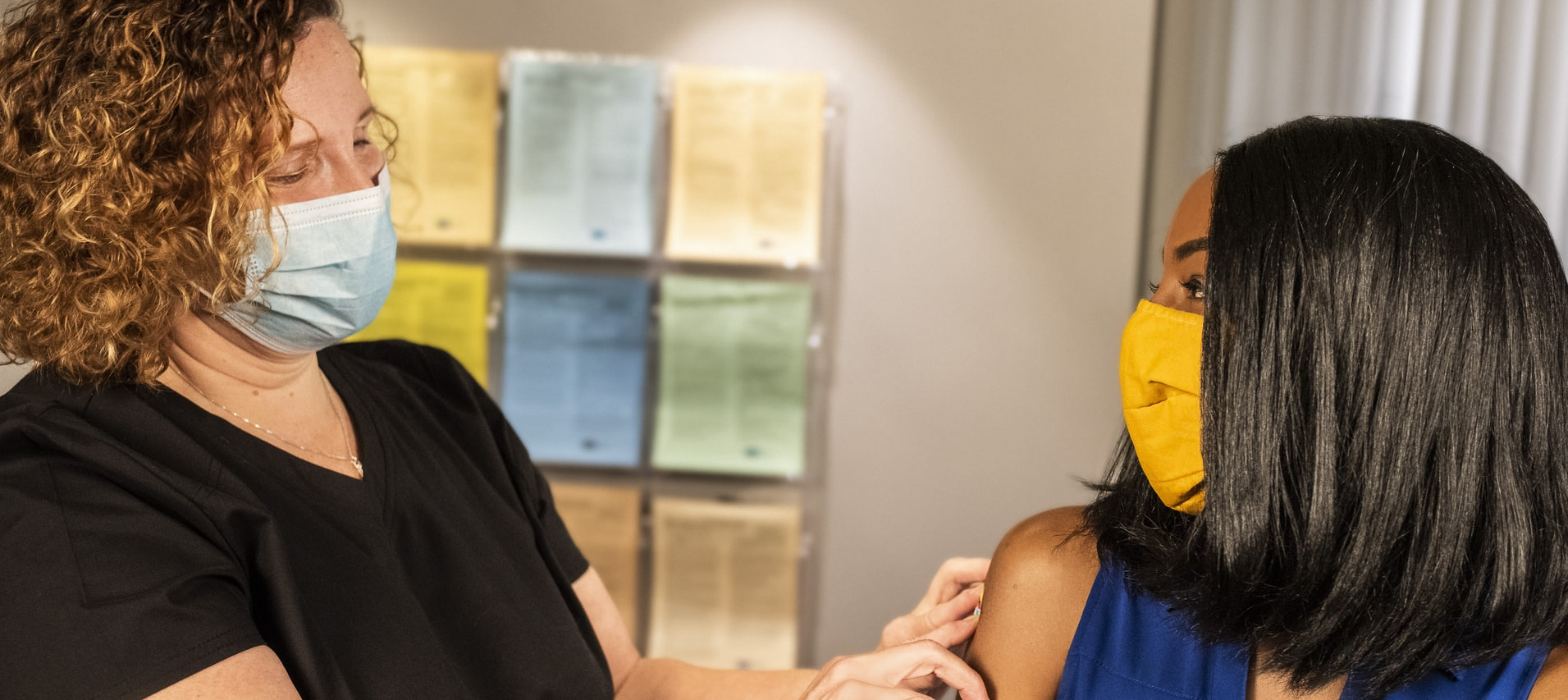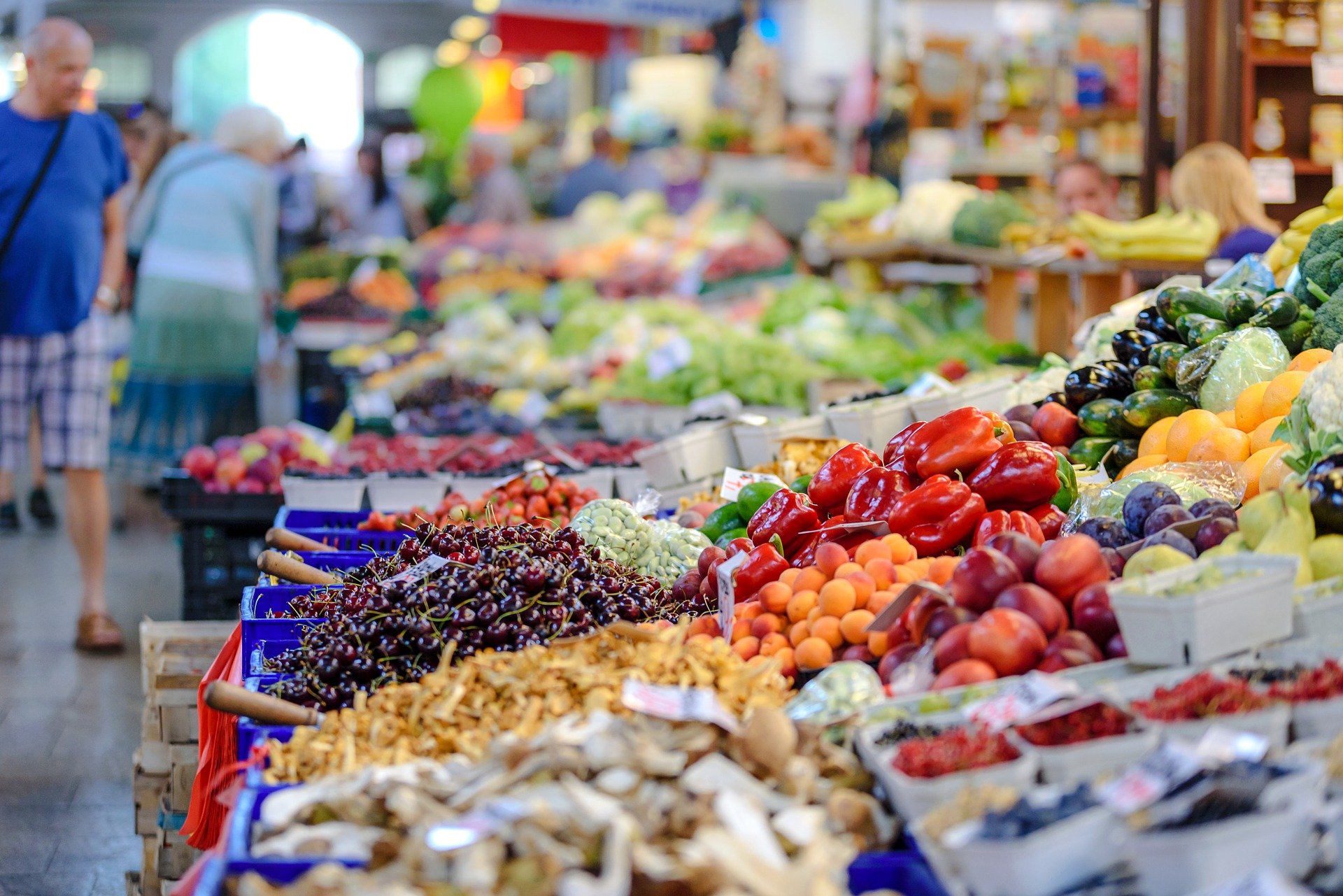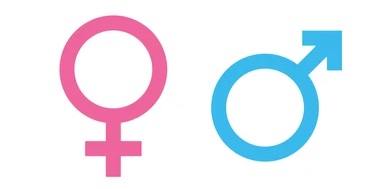Global Equitable Vaccine Rollout
Countries and lives are slowly returning back to normalcy amid ongoing variants and waves of COVID-19 around the world. Amid all the disruption, we are also witnessing growing disparity in COVID-19 vaccine availability in many underdeveloped and poorer nations.
Starting from 27 December 2020 to 1 August 2021, Our World in Data clearly depicts how richer and more developed countries like Canada, UK, and Spain have been able to successfully vaccinate (fully) more than 50 percent of their populations. Meanwhile, poorer economies such as Sudan, Nigeria, and Mozambique have barely been able to vaccinate 1 percent of their population.
Developed countries have both the resources and the geopolitical clout to avail vaccines much quickly than poorer countries. Well-established trade routes in most developed countries are also a strong factor in the stable supply of vaccines, which developing countries lack. Developed countries also boast of robust medical infrastructure and a regular expenditure on controlling the spread of pollution and diseases. Additionally, when the pandemic hit, developed blocs such as the European Union had been very forthcoming in its policies in terms of infrastructure, R&D in developing the vaccine, and raising awareness among its population to get vaccinated.
These are but scenarios that developing countries have just started to realise and work upon.
The G7 countries have been accused of prolonging the pandemic. As of June 2021, G7 countries had collectively purchased over a third of the world’s vaccine supply, despite making up only 13 percent of the world’s population. This is a stark contrast to Africa, which with a population of 1.34 billion people, has only managed to vaccinate 1.8 percent of its population.
This Battle Cannot be Fought Alone
Much research has shown that for a global economic recovery to pre-COVID levels, COVID-19 will need to be completely stamped out – meaning vaccination for most of the world’s population.
In addition to which, financially constrained economies need to have access to international liquidity as they begin on their recovery phase. The monetary support can help struggling economies in advancing productive capacity; reverse the loss in education; and support rehiring and bankruptcy resolution mechanisms in affected sectors.
The IMF has recently proposed a budget of $50 billion to a group made up of the WHO, World Bank, and WTO that sets a target of vaccinating at least 40 percent of the world’s population by the end of 2021, and at least 60% by mid-2022. To achieve this, an estimated 1 billion vaccine doses will need to be made available within this year by countries with surplus vaccines. Vaccine manufacturers will also need to prioritise deliveries to low- and lower-middle income countries. Additionally, a grant of $25 billion will need to be made available to low-income developing countries for diagnostics, therapeutics, and vaccine preparedness.
And to ensure global recovery happens sooner, initiatives and actions will need to be taken now.
A Helping Hand
Developed economies stand to play a critical role in ensuring global equitable access to vaccines. COVAX started last year and is a co-led initiative by CEPI, Gavi, the WHO and UNICEF, working with governments and vaccine manufacturers around the world to push for an equitable distribution and access to vaccines. The COVAX scheme has plans to distribute WHO approved COVID-19 vaccines (AstraZeneca, Pfizer, Janssen, Moderna, Sinopharm, and Sinovac) to at least 20% of the population in 92 low- or medium-income countries.
The US announced plans to donate 500 million doses of the Pfizer vaccine to the scheme, while the UK has pledged to provide 100 million doses. In addition to vaccine donation, countries have also come ahead in promising financial help. Japan has pledged $1 billion for the scheme; the EU has pledged €500 million; while other European countries collectively have pledged more than €1 billion.
What came as a big surprise was the recent G7 announcement, where the leaders of the seven big industrialized nations pledged to donate 1 billion doses by the end of 2022.
Missing the Target
As of 29 July 2021, the scheme had been successful in shipping over 153.6 million doses of COVID-19 vaccines to 137 participants. This slow progress can be attributed to poor health infrastructure in many of the recipient countries; vaccine hesitancy; and lack of finances to purchase vaccines. In addition to this, exports of vaccines got disrupted due to ongoing COVID-19 variants and rise in cases in some countries.
Raising awareness is another area which countries specifically having low levels of vaccination rates need to target. Such economies usually lack better access to healthcare education. Their governments will need to partner with local committees, NGOs, and influencers to urge the masses to get vaccinated.
Lastly, developed countries that have piled on to vaccine reserves, fearing future waves, will need to start sharing the excess vaccines to other countries that lack it. It is only together that the world can bounce back.
Photo Caption: COVID-19 vaccine rollouts in developed countries have been largely successful, but developing and poorer countries face a bleak future if not helped now.




